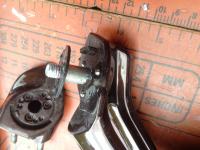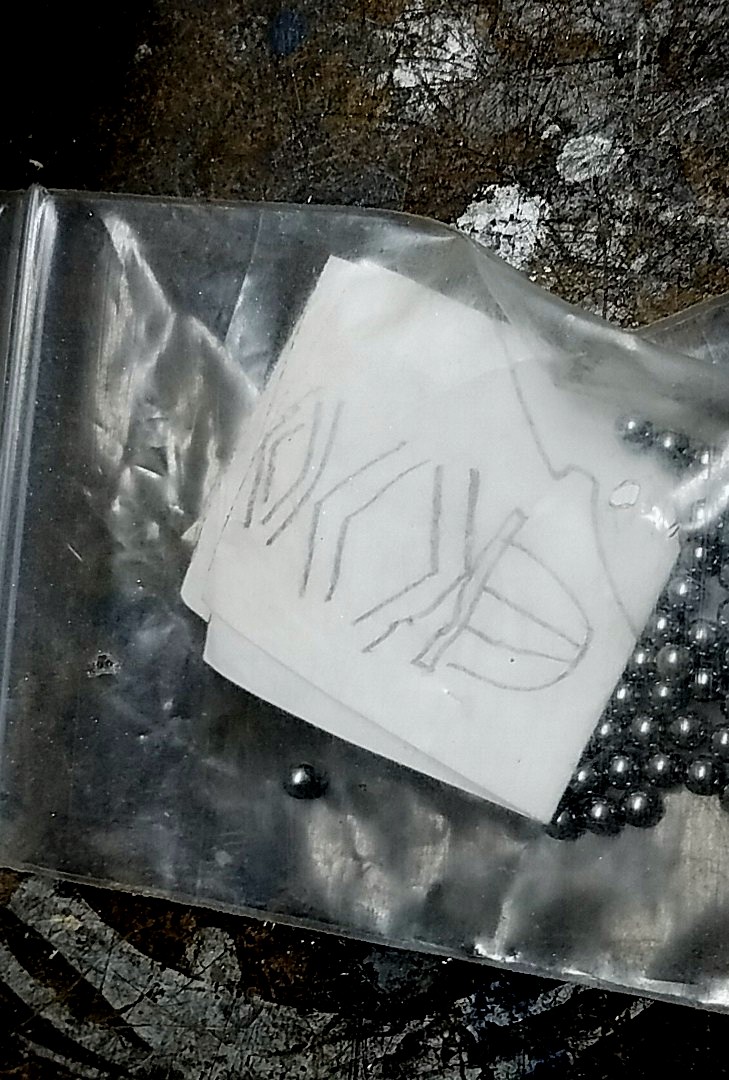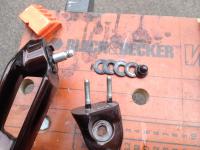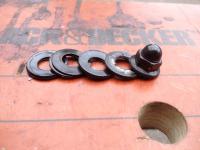SacramentoMike
Not Safe For Work
I've seen ads for this magic fixer called Bondic all over the internet. You put this liquid on something and then hit it with a UV light they sell with the bottle of the liquid and the claims are pretty extraordinary. Like "50 times stronger than Chuck Norris" extraordinary. Only reason it seems somewhat legit is it seems similar to what dentists use now to bond crowns on teeth. Please google "bondic" to see it, since I can't seem to figure out how to link a damn website to my posts anymore.
The reason I thought to ask here is the famous "stay" (I think it's called) that's inside of the Gen 3 nosecone, the one that holds your mirrors in place. The one everybody who ever dropped a Gen 3 at 0 mph or better has broken. People have gone to great lengths to try and fix these, and some have even worked, kind of. Some involved taking the part out and welding, or replacing, some have tried to do a brace or splint to hold it, including me. Or even J-B Weld. Sometimes these fixes have worked, sometimes even fairly permanently. But it's really tough to get to and an ugly, nasty job. So this vid popped up on YouTube and I watched the whole thing. If it works as advertised (and it's expensive), it can do a lot, but if it could do this particular job, the price is nothing. So anybody tried it? I mean for anything? I don't know when I'll be dropping the bike next, but when I do, I'm pretty sure that cheesy-assed stay is going to break again.
(In the meantime, I manage to knock plenty of other stuff over and break it all the time.)
The reason I thought to ask here is the famous "stay" (I think it's called) that's inside of the Gen 3 nosecone, the one that holds your mirrors in place. The one everybody who ever dropped a Gen 3 at 0 mph or better has broken. People have gone to great lengths to try and fix these, and some have even worked, kind of. Some involved taking the part out and welding, or replacing, some have tried to do a brace or splint to hold it, including me. Or even J-B Weld. Sometimes these fixes have worked, sometimes even fairly permanently. But it's really tough to get to and an ugly, nasty job. So this vid popped up on YouTube and I watched the whole thing. If it works as advertised (and it's expensive), it can do a lot, but if it could do this particular job, the price is nothing. So anybody tried it? I mean for anything? I don't know when I'll be dropping the bike next, but when I do, I'm pretty sure that cheesy-assed stay is going to break again.
(In the meantime, I manage to knock plenty of other stuff over and break it all the time.)







